The Southern Lapwing (Vanellus chilensis) is a distinctive bird native to South America, recognized for its bold appearance and striking behavior. It has a unique black crest, long legs, and a sharp, pointed beak. Its plumage is a mix of gray, white, and black, with a characteristic black ‘mask’ across its face.

Southern Lapwings are often seen in open areas like grasslands, savannas, and even urban parks. They are highly territorial and are known for their loud, piercing calls, which they use to defend their nests and ward off intruders.
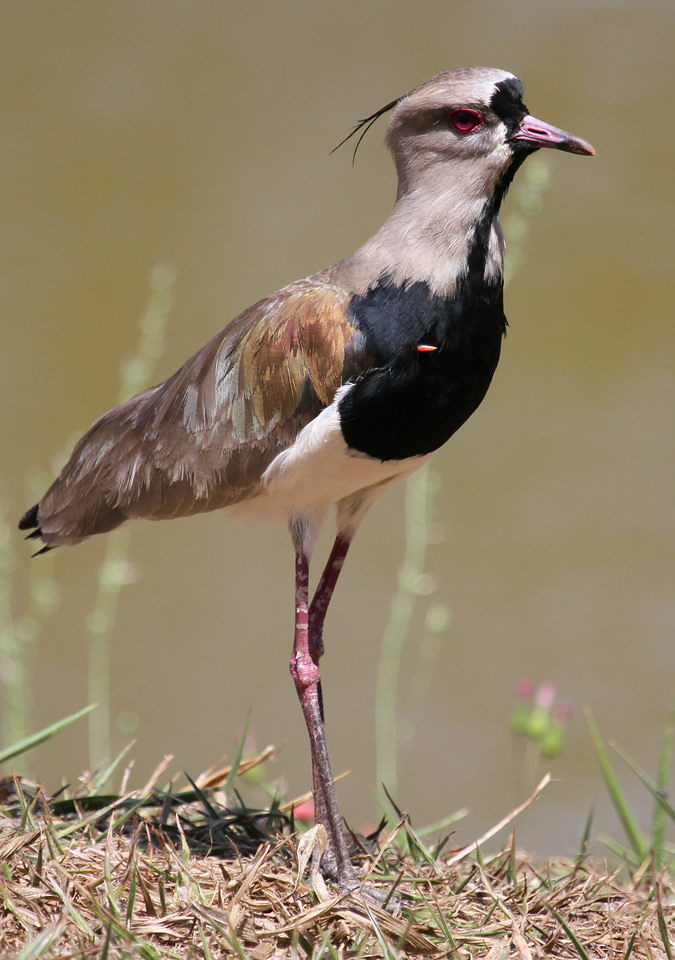
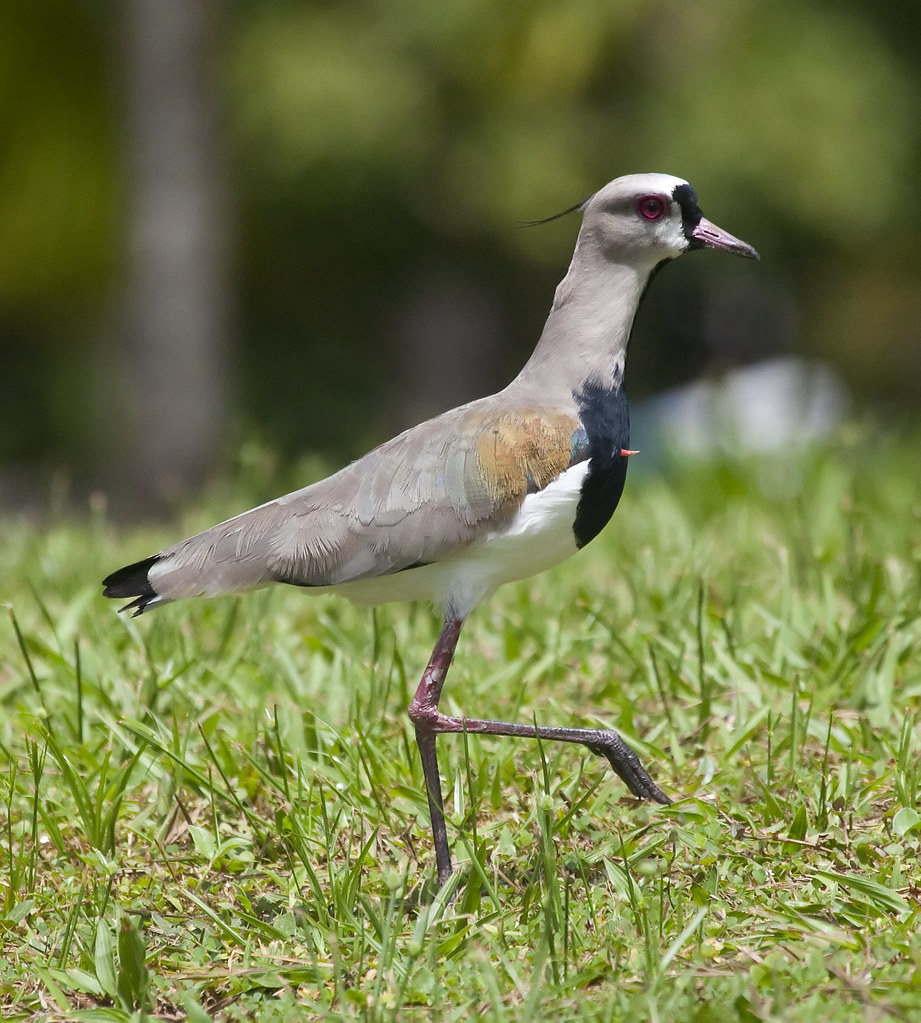
Southern Lapwings are ground-nesting birds, typically laying their eggs in shallow scrapes on the ground, often in areas with good visibility to spot approaching threats. Their nests are simple, but the birds are fiercely protective of their young.
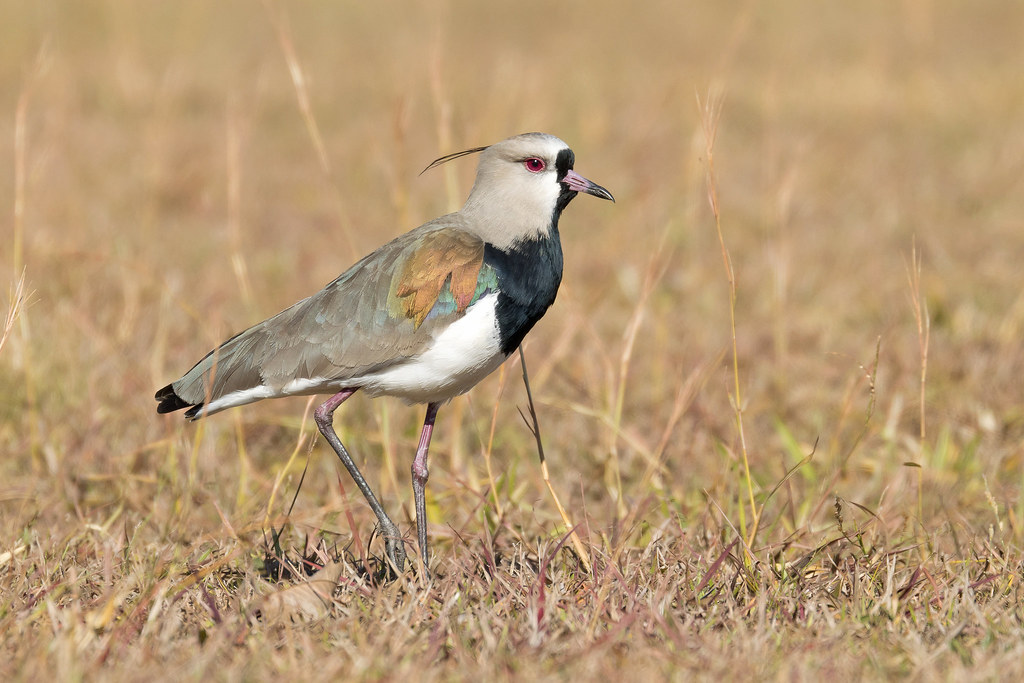
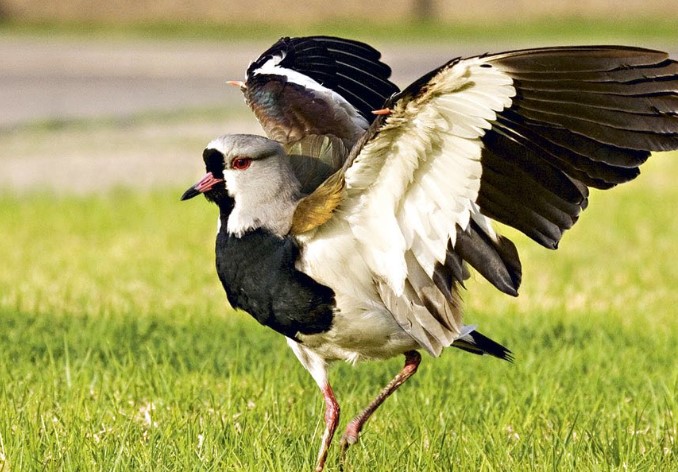
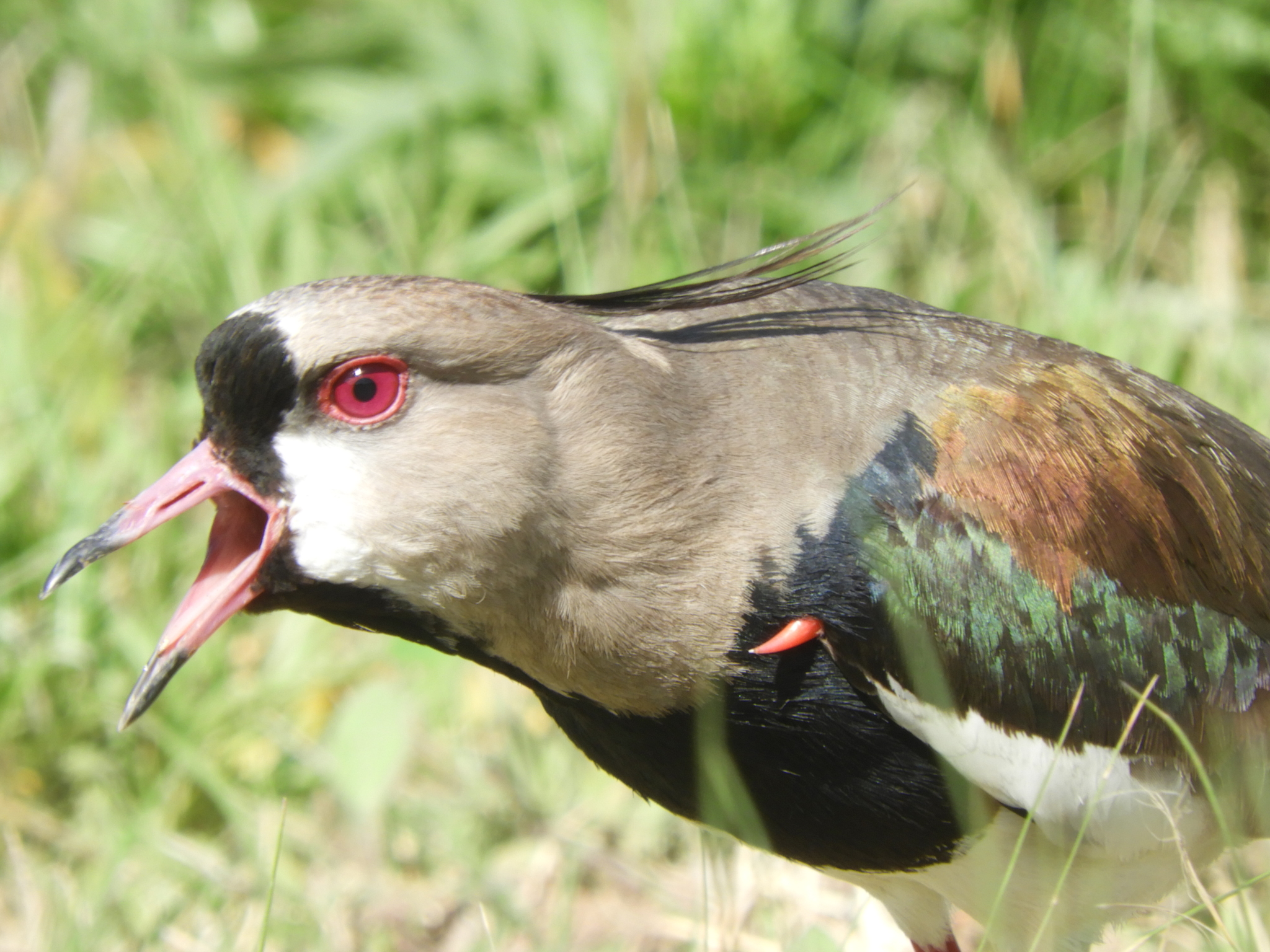

They exhibit a behavior known as “distraction display,” where they pretend to be injured to lure predators away from the nest. This clever tactic, combined with their aggressive nature, makes them successful in protecting their offspring from various dangers.

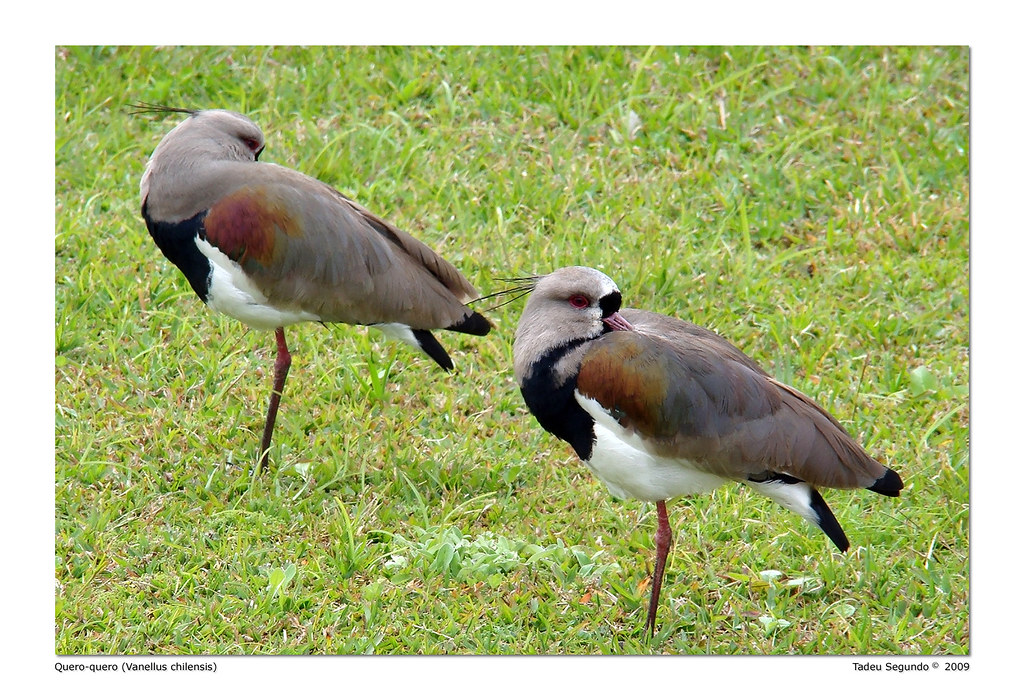
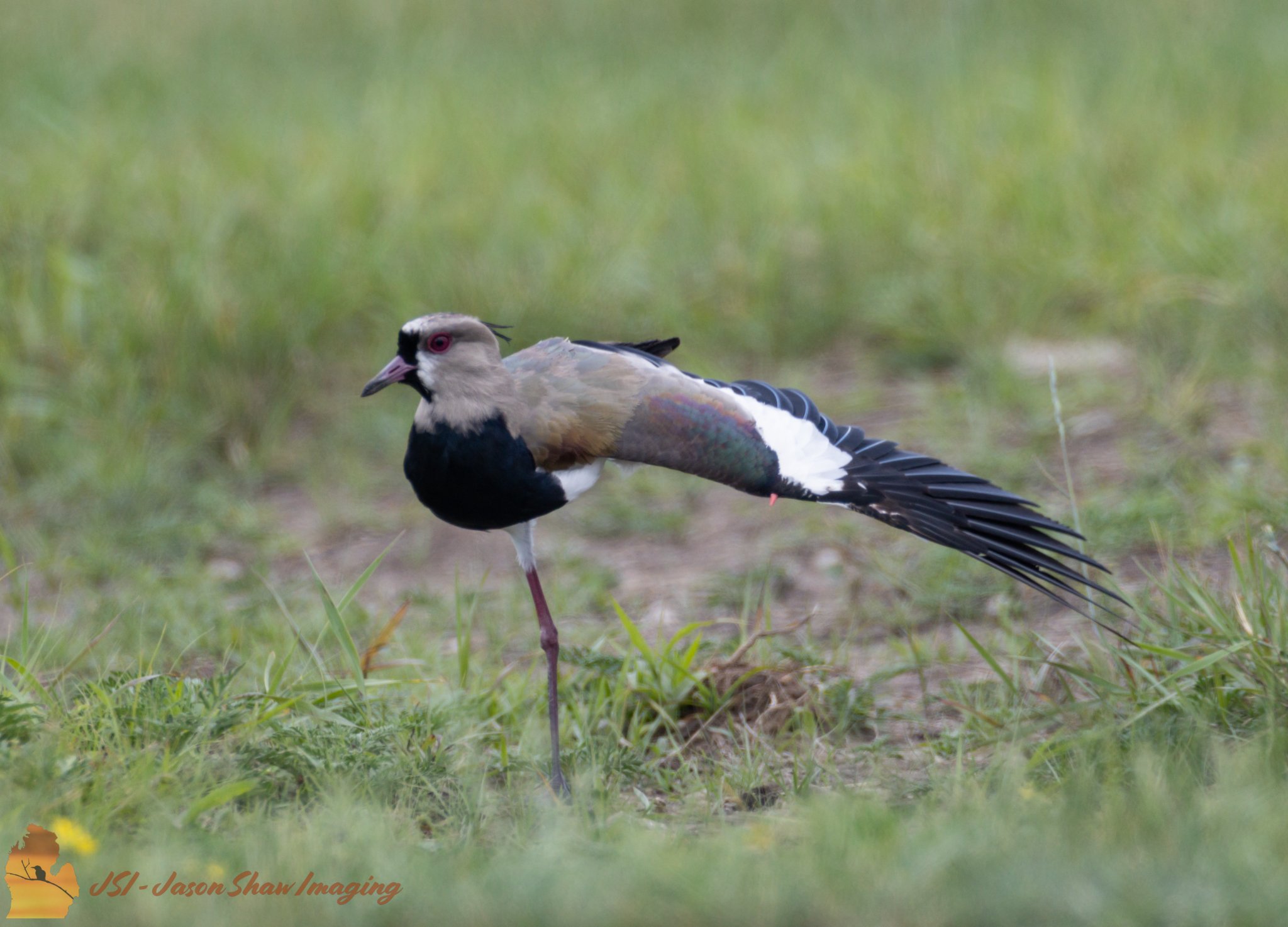
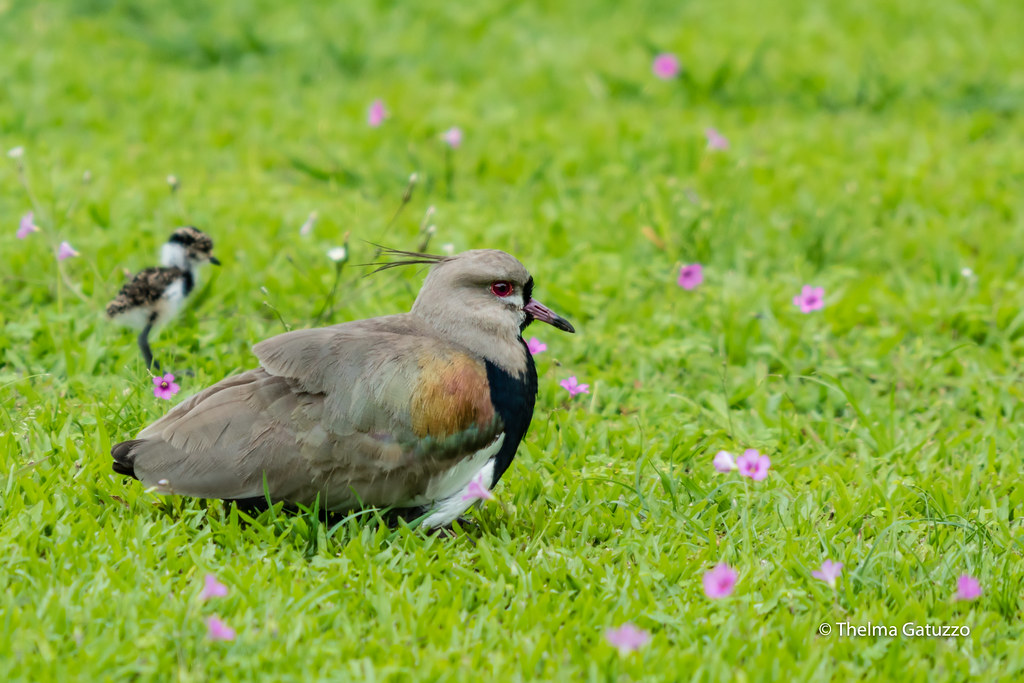
The adaptability of the **Southern Lapwing** is one of its most remarkable traits. Unlike many other species that are threatened by human activity, these birds have thrived in environments altered by agriculture and urbanization. They have expanded their range significantly and are now found across a wide area, from southern Mexico down to Tierra del Fuego at the southern tip of South America. This adaptability, along with their bold and aggressive behavior, has made the Southern Lapwing one of the most widespread and resilient bird species in its range.